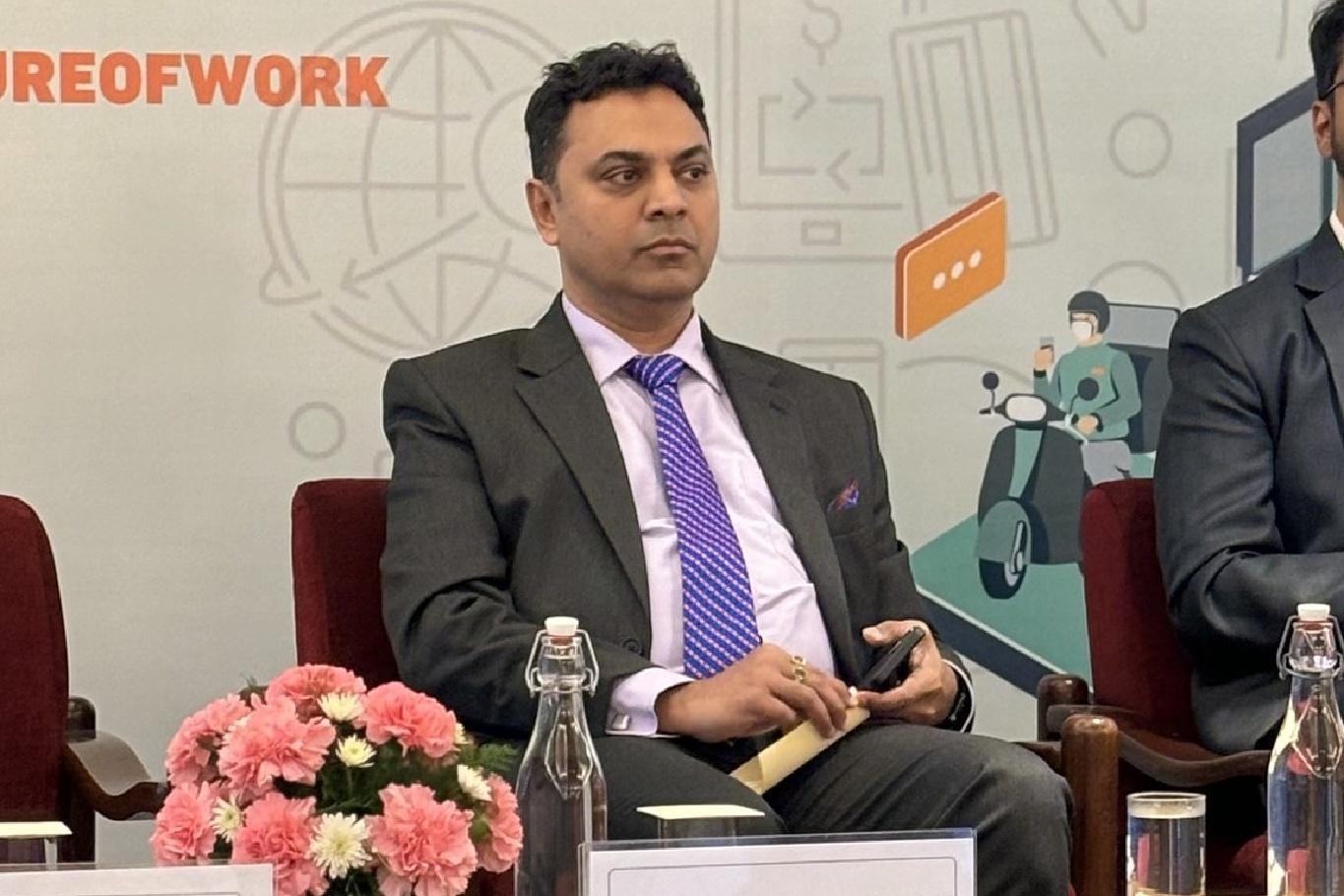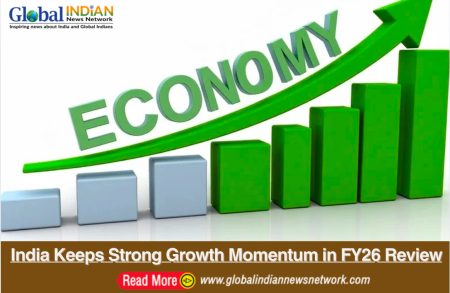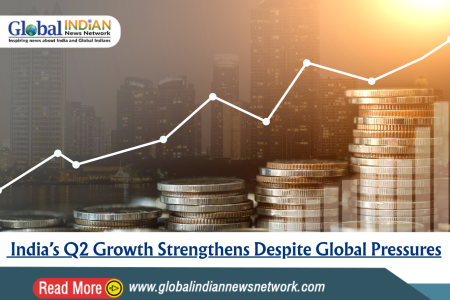
India has the potential to become a US$ 55 trillion economy by 2047 if both state and central governments implement policies to boost the nation’s growth rate from its historical average of 7% to 8% (in rupee terms). This perspective was shared by Krishnamurthy V Subramanian, Executive Director of the International Monetary Fund (IMF), during the launch of his book, “India @100,” at the Indian School of Business (ISB) in Hyderabad. While he acknowledged that this target may appear ambitious, he emphasized that it is within reach.
Subramanian noted that in 2020, India’s private credit to GDP ratio stood at 58%, a figure significantly lower than the 200% ratio observed in advanced economies. However, he praised the substantial progress made in financial inclusion through initiatives like the “Pradhan Mantri Jan-Dhan Yojana,” which have laid a strong foundation for future growth.
He further explained that if India consistently achieves an 8% growth rate, the power of compounding could propel the country toward the US$ 55 trillion mark. He utilized the “rule of 72” to illustrate that with a 12% annual growth rate in dollar terms—comprising 8% GDP growth, 5% inflation, and 1% rupee depreciation against the dollar—India’s GDP could double every six years. Starting from 2023, this principle suggests that the current US$ 3.25 trillion economy could undergo “four doublings,” reaching approximately US$ 52 trillion by 2047.
Drawing a parallel with Japan’s economic journey, Subramanian highlighted how Japan expanded its economy from US$ 215 billion in 1970 to US$ 5.1 trillion by 1995—a nearly 25-fold increase over 25 years. During that period, Japan’s GDP per capita soared from US$ 2,100 to US$ 44,000. He underscored the critical importance of prudent government borrowing, advocating for investments that focus on asset creation rather than merely funding subsidies or operational costs.












